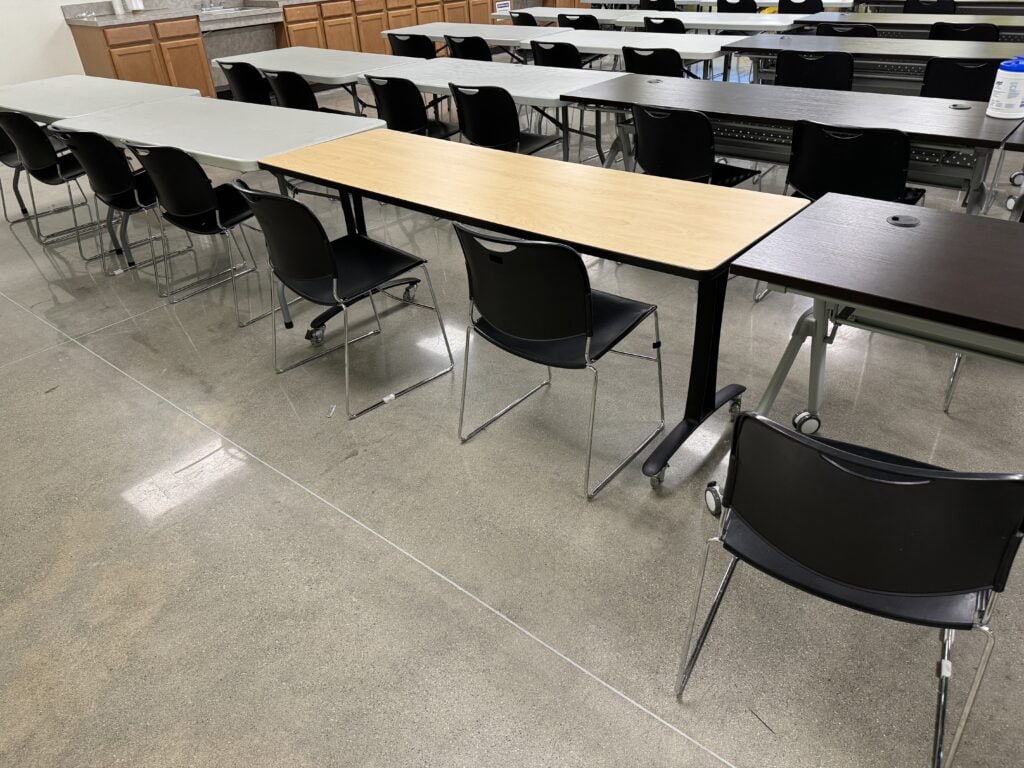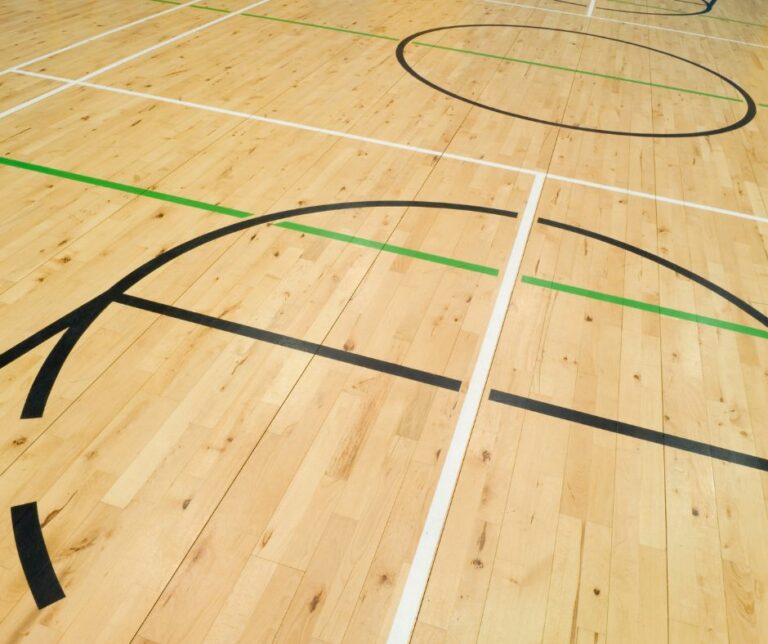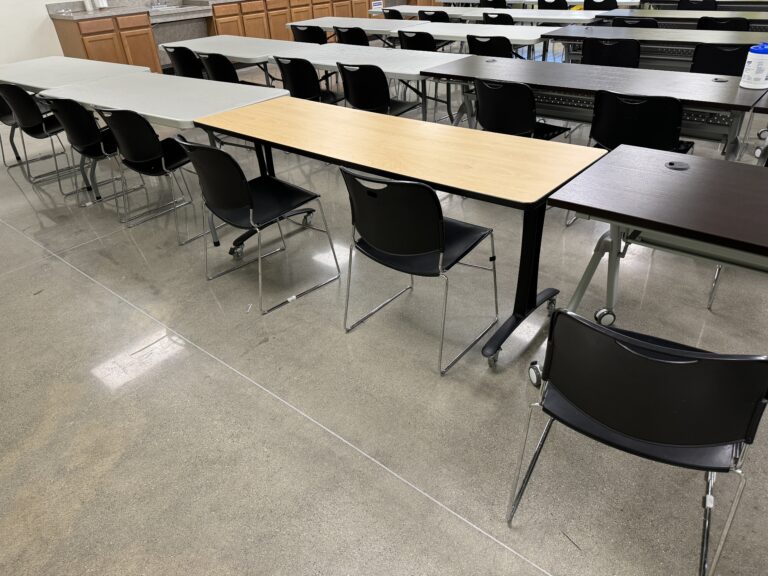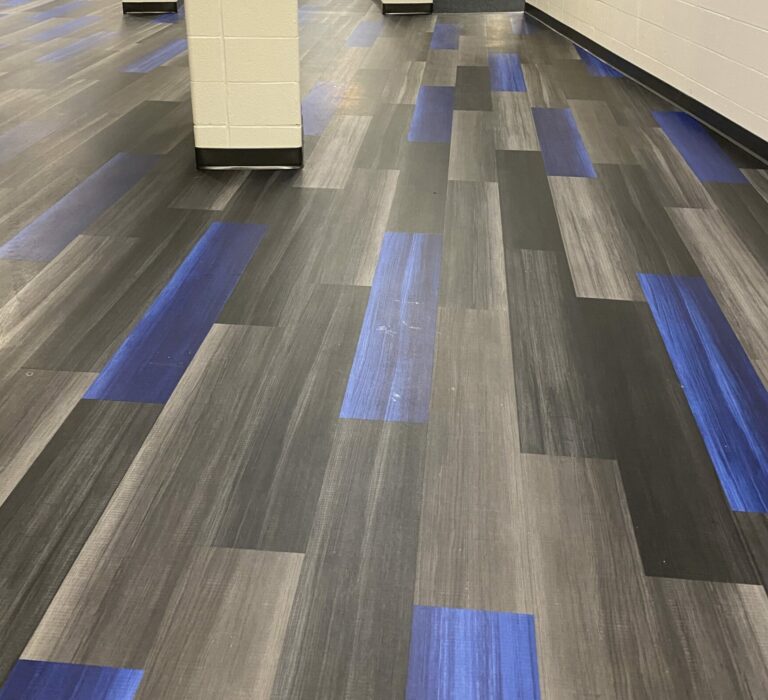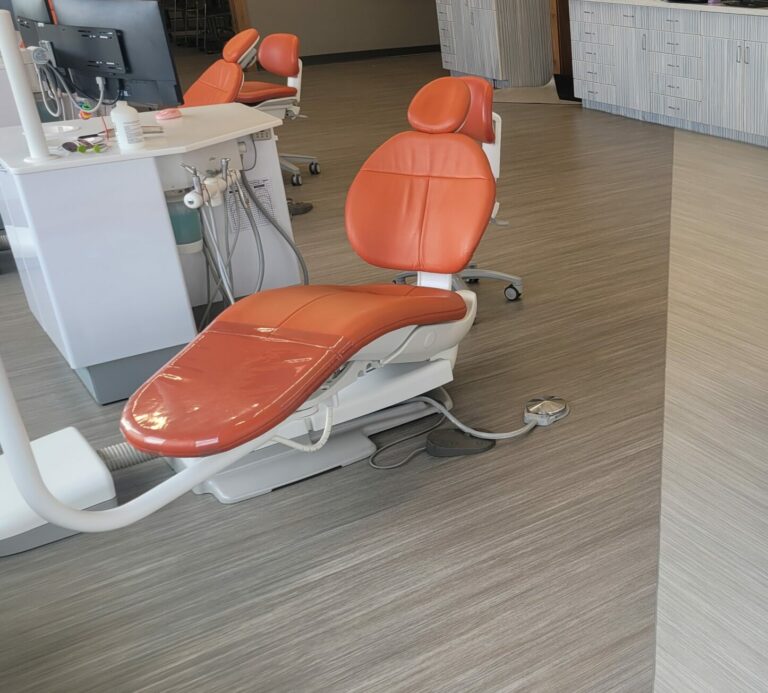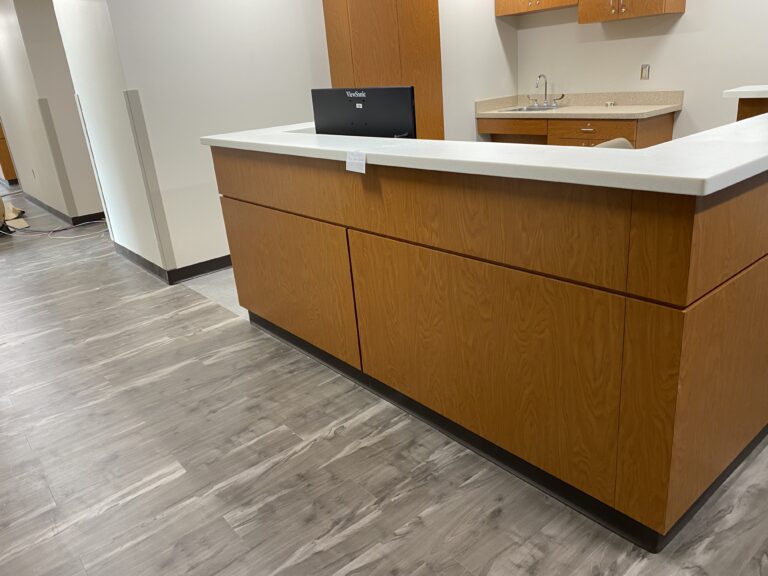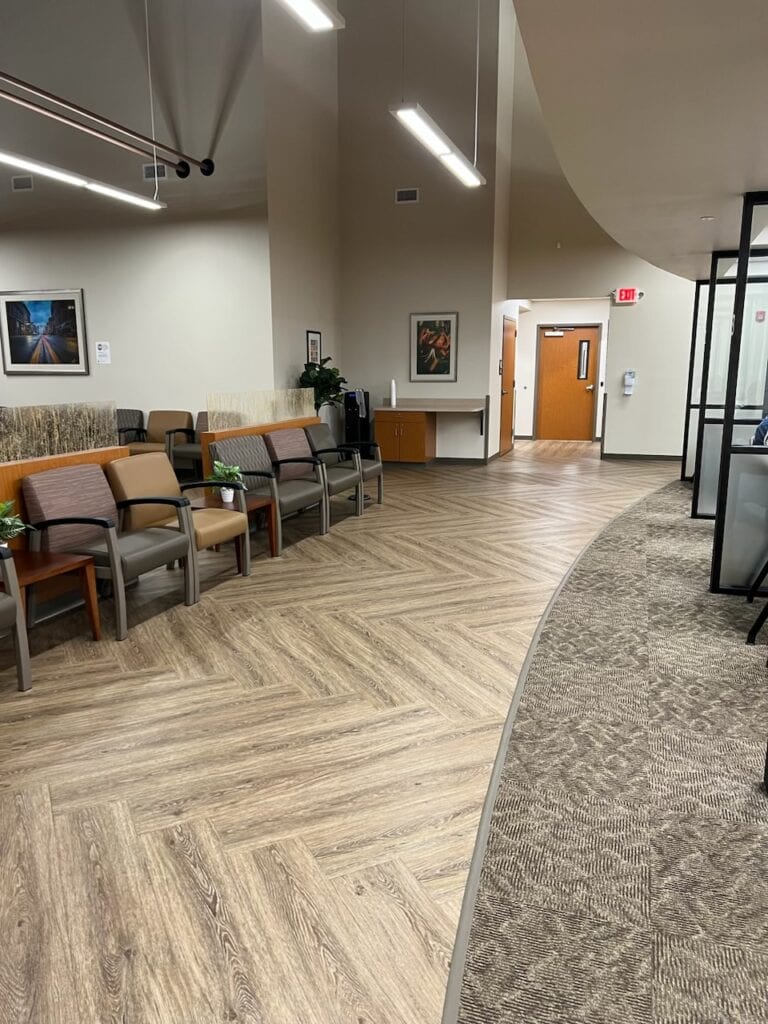In healthcare facilities, infection control is a top priority, and flooring is an often overlooked aspect of this. However, choosing the right flooring material can make a significant difference in preventing the transmission of infection.
Studies conducted by the CDC have shown that soft surfaces such as carpet and textile composite flooring are less likely to transmit infection than hard surfaces like vinyl flooring. The reason for this is that when carpets are clean and dry, bacteria and mold are unable to find the nutrients they need to multiply, reducing the risk of infection. On the other hand, smooth surfaces are difficult to sanitize and more likely to transmit infection to hands.
When it comes to selecting flooring for healthcare facilities, it’s crucial to consider both the material and texture. While smooth surfaces may appear easy to sanitize, they are less efficient at cleaning and more prone to transmitting infection through contact. On the other hand, textured or deep flooring proves to be more effective in preventing infection transmission, making soft surfaces like carpet and textile composite flooring the preferred choice for lowering infection rates in healthcare settings.
While flooring in healthcare facilities is overlooked and considered a noncritical surface, it still plays a crucial role in infection control. Choosing the right flooring material and texture, healthcare facilities can reduce the risk of infection and create a safer environment for both patients and staff. The Jack Laurie Group has expertise in this industry as we have done doctors offices to hospitals, dentistry to surgical rooms. It is essential to choose the most appropriate flooring material for each specific room or facility. Contact us today!



